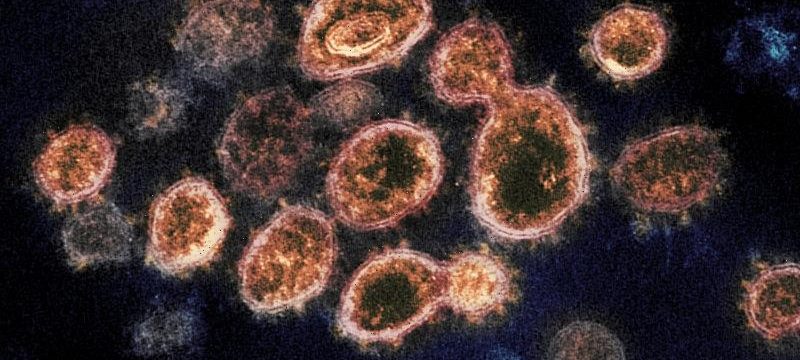For our free coronavirus pandemic coverage, learn more here.
London: China has been accused of overseeing the deletion of crucial coronavirus data that could shine a light on the origins of the pandemic.
Scientists at Wuhan University asked for the genomic sequencing of 50 COVID cases discovered in the city early last year to be deleted from a publicly searchable American database.
The data, which has been rediscovered by an American scientist researching the origins of the pandemic, appears to show a previously missing stage in the evolution of the virus in humans. It also suggests the virus was circulating in Wuhan earlier than reported.
A medical worker attends to a patient in the intensive care unit at Zhongnan Hospital of Wuhan University in 2020.Credit:AP
The US National Institutes of Health (NIH), which maintains the Sequence Read Archive (SRA), a giant repository of genome data, said it removed the gene sequences after a request from the team in June last year.
Experts said that it was the first real evidence of information about the origins of the virus being hidden by China.
The data was found by Professor Jesse Bloom, an influenza expert at the Fred Hutchinson Cancer Research Centre in Seattle. While researching the origins of Sars-COV-2, he read about a Wuhan University paper that sequenced 34 positive cases from January last year, and 16 further cases in early February.
Although the paper, published last June, was available, the genomic sequences on which it was based had been deleted from the database.
Professor Bloom only managed to find the sequences themselves with a deeper search in the Google and Amazon Cloud storage service used by the database, where traces remained.
“There is no plausible scientific reason for the deletion,” he said. “It therefore seems likely the sequences were deleted to obscure their existence.
“This suggests a less-than-wholehearted effort to trace the early spread of the epidemic.”
The paper was published on the SRA database the day after China ordered all studies into the virus to be centrally approved, suggesting it was submitted before the order was in place.
Professor Stuart Neil, a virologist at King’s College London, said: “This is prima facie evidence that there were certain authorities in China wanting to obfuscate some of the early evidence of what was going on… and the big question is, what were they trying to obfuscate? There is really important forensic molecular epidemiology that has to be done to try to trace the origins of this.”
Professor Rasmus Neilsen, a genomics expert at the University of California, Berkeley, said the data was “the most important” for a year.
Although the data does not help to confirm whether the virus leaked from a lab or originated naturally, the sequences hold potential clues for scientists about how and when it first spread in humans in Wuhan.
It is the earliest genomic data to have been found, excluding samples from the Huanan wet market in December 2019.
It is closer to the coronavirus found in bats than those December samples, suggesting it may be an earlier step in the evolution of the virus – and that the virus was mutating in humans before it evolved into the form discovered in December 2019.
Professor Bloom said that the deletion “should make us sceptical that all other relevant early Wuhan sequences have been shared”.
Telegraph, London
Most Viewed in World
From our partners
Source: Read Full Article

